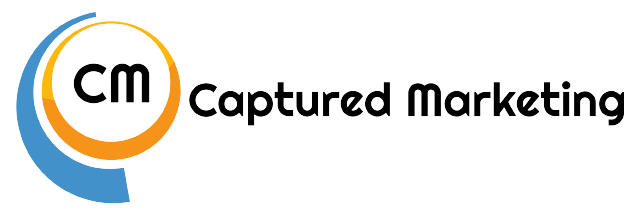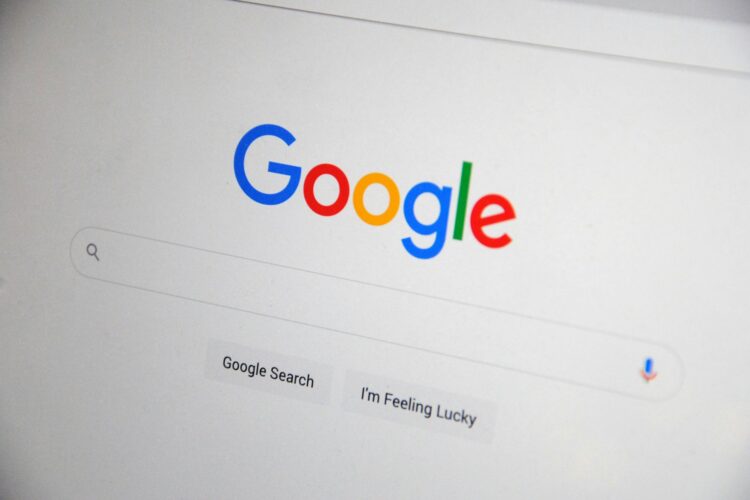
Trying to grow your business can feel overwhelming, especially when it comes to digital marketing. Two powerful tools you can use are Search Engine Optimization (SEO) and Pay-Per-Click (PPC) advertising. Each one has its own strengths, but when you use them together, you can achieve even better results.
Understanding the Basics: SEO and PPC Explained
SEO (Search Engine Optimization) and PPC (Pay-Per-Click) are two key strategies for online marketing. Both aim to increase your website’s visibility but do so in different ways.
SEO involves optimizing your website to rank higher in organic search results. This means making improvements to your site’s content, structure, and backlinks. When your site is well-optimized, search engines like Google are more likely to show it to users searching for related terms. The main advantage of SEO is that it can bring long-lasting, free traffic to your website. However, it takes time to see results, as changes don’t impact rankings immediately.
PPC, on the other hand, involves paying for advertisements that appear at the top of search results. You bid on keywords related to your business, and your ads show up when users search for those terms. Each time someone clicks on your ad, you pay a fee. The main advantage of PPC is that it delivers instant visibility. As soon as your ad campaign goes live, your ads can start appearing in search results, driving immediate traffic to your site. However, PPC requires a budget, and once you stop paying, the traffic stops.
Both SEO and PPC have their own strengths and can be very effective individually. But when these two strategies are combined, they create a powerful synergy that can drive even more traffic and sales.
Benefits of Combining SEO and PPC
Combining SEO and PPC provides several benefits that can help grow your business.
1. Increased Visibility: When you use both SEO and PPC, your website can appear in both organic and paid search results. This increases the chances of users seeing and clicking on your site. Even if they don’t click on your ad, seeing it reinforces your brand, making your business more memorable.
2. Data Sharing: The data you get from PPC campaigns can inform your SEO strategy and vice versa. For example, the keywords that perform well in your PPC campaigns can be used to optimize your website’s content. Similarly, high-performing SEO keywords can be used to refine your PPC campaigns, making them more effective.
3. Enhanced Trust: Users tend to trust businesses that appear in both organic and paid search results. This dual presence can boost your credibility and make users more likely to click on your link.
4. Cost Efficiency: While PPC requires a budget, the insights gained from it can help you identify the most effective strategies for SEO. This means you can allocate your resources more efficiently, focusing on what works best for your business.
5. Better Performance Analysis: Using both SEO and PPC allows for more comprehensive performance analysis. You can compare metrics from both strategies to understand which one is delivering better results. This holistic view helps you make informed decisions and optimize your marketing efforts.
By leveraging the strengths of both SEO and PPC, you can create a robust marketing strategy that maximizes visibility, increases credibility, and drives more traffic to your site.
Strategies for Integrating SEO and PPC
Integrating SEO and PPC involves leveraging the strengths of both strategies to achieve better results. Here are some effective strategies for making them work together:
1. Keyword Sharing: Use data from your PPC campaigns to identify high-performing keywords. Incorporate these keywords into your SEO strategy to improve organic rankings. Similarly, use SEO data to discover new keywords for your PPC campaigns.
2. Unified Content Strategy: Create content that supports both your organic and paid efforts. For instance, a blog post optimized for SEO can be promoted through PPC to drive immediate traffic. Over time, the SEO value of the content will also grow, providing long-term benefits.
3. Remarketing Campaigns: Use PPC remarketing to target users who have visited your site through organic search but did not convert. This keeps your brand top-of-mind and encourages users to return and take action.
4. Ad Copy and Meta Descriptions: Align your PPC ad copy with the meta descriptions of your web pages. This creates a consistent message and experience for users, whether they find you through an ad or an organic search result.
5. Testing and Optimization: Use A/B testing in PPC to determine which headlines, descriptions, and calls-to-action perform best. Apply these learnings to your SEO efforts to improve click-through rates and engagement.
6. Integrated Analytics: Track performance metrics for both SEO and PPC in a single dashboard. This holistic view helps you understand the overall impact of your marketing efforts and make more informed decisions.
By implementing these strategies, you can ensure that your SEO and PPC efforts complement each other, resulting in a more effective and cohesive marketing strategy.
Measuring Success: Key Metrics to Track
To determine the effectiveness of your integrated SEO and PPC strategy, it’s important to track key metrics. Here are some crucial metrics to monitor:
1. Conversion Rate: This measures the percentage of visitors who take a desired action, such as making a purchase or filling out a form. Higher conversion rates indicate that your combined efforts are effectively driving valuable actions.
2. Click-Through Rate (CTR): This metric shows how often people click on your ad or organic search result. A high CTR means your content and ads are compelling and relevant to users.
3. Cost Per Conversion (CPC): In PPC campaigns, tracking the cost per conversion helps you understand how much you’re spending to acquire new customers. Lowering this cost while maintaining conversion rates improves your return on investment (ROI).
4. Organic Traffic: Monitor changes in your organic search traffic. An increase in organic traffic indicates that your SEO efforts are working well and attracting more visitors to your site.
5. Bounce Rate: This metric shows the percentage of visitors who leave your site after viewing only one page. A high bounce rate may suggest that your landing pages need improvement to keep visitors engaged.
6. Keyword Rankings: Keep track of how well your keywords are ranking in search engine results. Improved rankings for targeted keywords indicate that your SEO strategies are paying off.
By regularly monitoring these metrics, you can gain insights into the performance of your SEO and PPC efforts. This allows you to make data-driven decisions and optimize your strategy for better results.
Conclusion
Combining SEO and PPC can significantly enhance your marketing efforts and drive more traffic to your business. While both strategies offer unique advantages, their true power lies in their synergy. By integrating SEO and PPC, you can increase visibility, leverage shared data, and create a comprehensive approach to reaching your target audience.
Managing an effective marketing strategy that harnesses the benefits of both SEO and PPC requires careful planning, continuous optimization, and rigorous tracking of key metrics. This combined approach ensures you not only attract more visitors but also convert them into loyal customers.
If you’re ready to take your marketing to the next level, Captured Marketing can help. With our expertise in integrating SEO and PPC, we can create a tailored strategy that meets your business goals. Contact our Phoenix SEO firm today to start growing your business with a powerful, combined approach.




